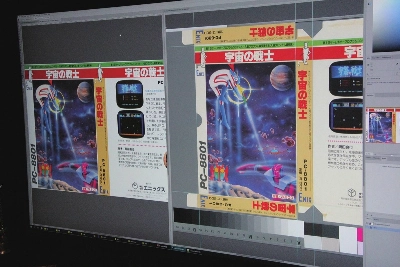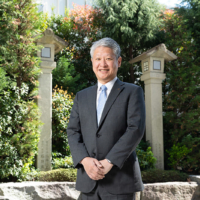As the spring sun continues to rise earlier and earlier, there are likely not a few readers muttering to themselves, "If only Japan would adopt daylight saving time, then some of this early morning light could be put to better use." Few seem to be aware that Japan practiced a form of daylight saving time until the late 19th century. It was not until Jan. 1, 1873, that Japan adopted Western-style timekeeping (and the Gregorian calendar).
Before this date, Japan used flexible timekeeping that changed with the seasons. Daytime, from dawn to dusk, was divided into six "hours." Likewise, nighttime, from dusk to dawn, was also divided into six "hours." As daytime became longer in spring, each daylight "hour" also became progressively longer. At the same time, then, each night "hour" became progressively shorter as nighttime shrank.
It is doubtful that this system of timekeeping would have much acceptance in this day and age. While farmers even today may continue with the old system in spirit, in effect following the maxim of "early to bed and early to rise . . .," how would the old system affect city folks today? Since, in the Tokyo area, one daylight "hour" would vary from roughly 2.5 hours long in summer to about 1.5 hours long in winter, employees would be staying at their desks nearly twice as long in summer as compared to winter!
On the other hand, summer would certainly be the best time to hire a carpenter, gardener, or any other skilled worker if paid by the day. Likewise, those who have lively night lives would definitely get more for their money during winter months when the night "hours" would be longer, if their bar of choice charged by the "hour."
Perhaps we should consider reviving this system in some form?
















With your current subscription plan you can comment on stories. However, before writing your first comment, please create a display name in the Profile section of your subscriber account page.